quick stitch question; chart question
Carol_Ann
16 years ago
Related Stories
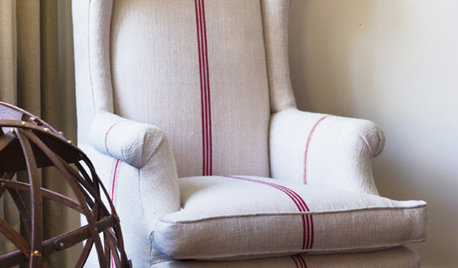
MATERIALSFabric Focus: Decorate With Grain Sacks for Quick Farmhouse Style
Vintage and reproduction grain sack material creates thick, durable upholstery for sofas, chairs, pillows and more
Full Story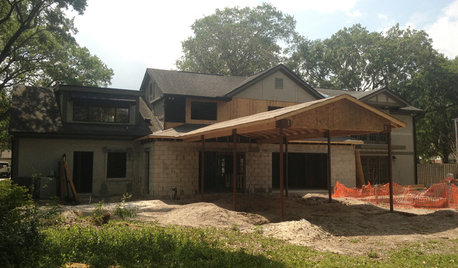
REMODELING GUIDESHouzz Survey: Renovations Are Up in 2013
Home improvement projects are on the rise, with kitchens and baths still topping the popularity chart
Full Story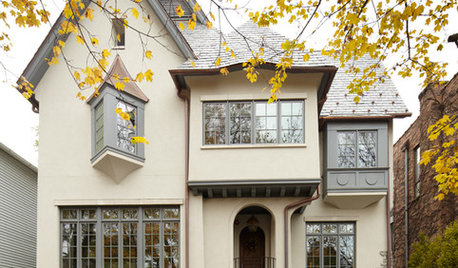
HOUSEKEEPINGHow to Tackle Your Home To-Dos
Make quick work of minor repairs and replacements with this thorough, step-by-step approach
Full Story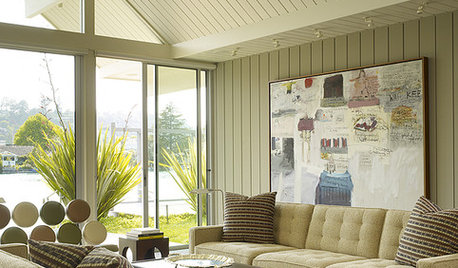
ARTCollect With Confidence: An Art-Buying Guide for Beginners
Don't let a lack of knowledge or limited funds keep you from the joy of owning art. This guide will put you on the collector's path
Full Story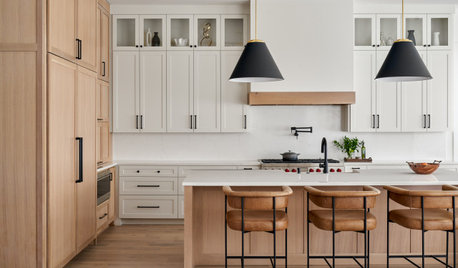
KITCHEN DESIGNStash It All: Know the 3 Zones of Kitchen Storage
Organize storage space around your kitchen’s main activities for easier cooking and flow
Full Story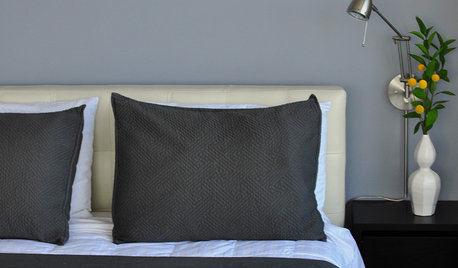
MOST POPULAR50 Shades of Gray
Gray is hotter than ever, thanks to a hit novel full of risks and dark secrets. Tell us: Which paint shade possesses you?
Full Story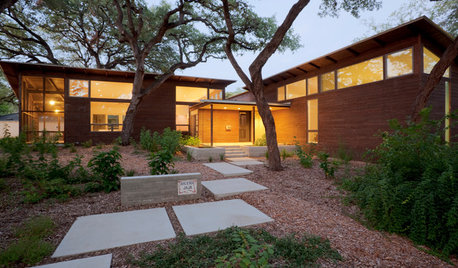
GREEN BUILDINGMeet a High-Tech Home That Monitors Itself
Energy vampires have nowhere to hide in this LEED Platinum home, as energy efficient as it is architecturally beautiful
Full Story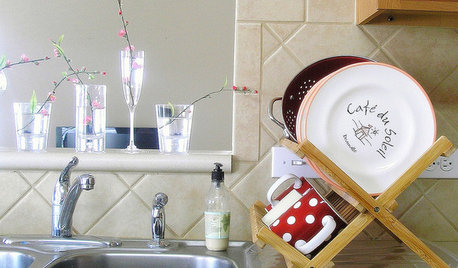
KITCHEN DESIGNYour Kitchen: Where to Stash the Dish Towels
Solve the Dish Towel Dilemma With 13 Ways to Keep Them Handy and Dry
Full Story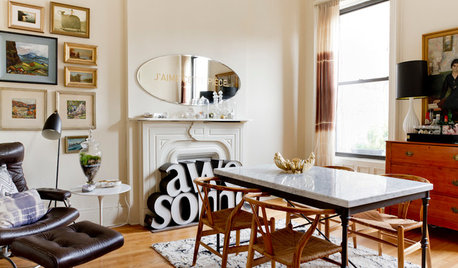
MOVING9 Things New Homeowners Know to Be True
Just moved into a new home? Congratulations! The fun is about to begin
Full Story





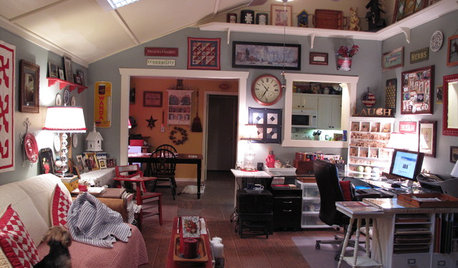
donna_loomis
Carol_AnnOriginal Author
Related Professionals
Charleston Furniture & Accessories · Los Angeles Furniture & Accessories · San Diego Furniture & Accessories · Toledo Furniture & Accessories · Tucson Furniture & Accessories · Maplewood Furniture & Accessories · Riverton Furniture & Accessories · Barstow Interior Designers & Decorators · East Hanover Interior Designers & Decorators · Brooklyn Park Home Stagers · Portland Home Stagers · Round Lake Home Stagers · Immokalee Home Stagers · Fort Lauderdale Staircases & Railings · Garrison Staircases & Railingsdonna_loomis
jenn
sandra_ferguson
donna_loomis
threejsmom
Carol_AnnOriginal Author
threejsmom